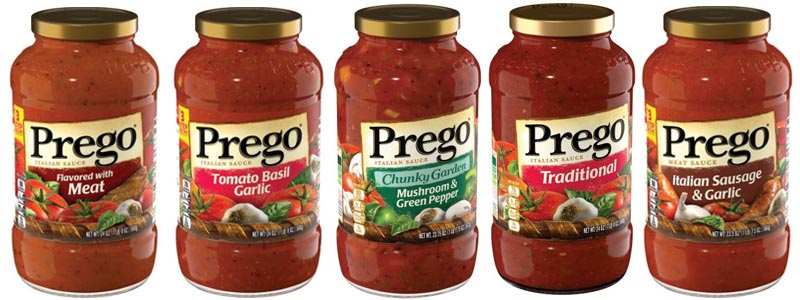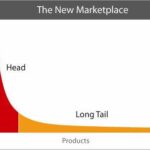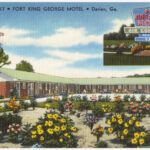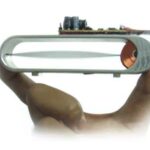I have been a huge fan of Malcolm Gladwell ever since I read his book The Tipping Point. Recently I saw him give a TED Talk, where he talked about Dr. Howard Moskowitz and his theory of Horizontal Segmentation. The message of the TED Talk has some valuable lessons for small business owners looking for a profitable uncontested Blue Ocean market that the competition has not yet discovered or exploited.
A common belief in product development born out of the day of mass markets prior to the long tail economy, was that as a product developer, your goal was to find the largest and most profitable segment and go all in.
Product developers would come up with a few versions or configurations, and then convene a focus group to discover which version represented the single best option. Frequently competitors followed the same product development
Dr. Howard Moskowitz’s contribution to the field of modern marketing was his theory of Horizontal Segmentation. The theory says there should not be just one version of a product, but many niche versions.
The theory came from an epiphany Dr. Moskowitz had when working for Prego. Back in the 1980’s Ragu and Prego, each produced one version of pasta sauce. Prego, which by all accounts was a better tasting sauce, was losing the marketing war with Ragu, the gold standard of pasta sauces in the day.
Prego made a decision to hire Dr. Moskowitz to help them understand why they were unable to challenge the market leader Ragu.
He asked the product developers at Prego to come up with 45 different varieties of pasta sauce. Some sweeter, some with more garlic, some more tart, others more sour, etc. He then set out to test which version people liked most. This was the typical approach of the day. However, Dr, Moskowitz had a degree in both psychology and mathematics, and was a real number cruncher. When he analyzed the results of the taste tests, he could make little sense of the data. Preferences were all over the board- and there was no clear winner.
What rooted many people in the food industry particularly was finding the universal truth and remaining true to history. Pasta sauces came from Italy where traditionally pasta sauce was pureed to make them smooth. One of the variations he had the Prego product developers make was not pureed, but was chunky instead. Many of the subjects liked it even though it didn’t conform to the pasta sauce tradition of being smooth.
He began to consider the concept of Inter-market Variability, and asked the following question – “why only have one version of a product?” From here, he devised his theory of horizontal segmentation.
He advised Prego to not have just one type of pasta sauce but to have several varieties. They continued to offer the traditional version but they added Chunky Garden, Zesty, Roasted Garlic & Herb, Fresh Mushroom and several more varieties. With Dr. Moskowitz’s help, Prego found a whole new bunch of uncontested blue ocean horizontal markets for pasta sauce. The chunky version alone made six hundred million dollars for Prego before the competition caught on, and began offering their own version of horizontal segmentation.
Dr. Moskowitz went on to help Pepsi, Campbell Soup, and many others explore horizontal segmentation.
What product development owes to Dr. Howard Moskowitz is the idea that a company does not have to look for a universal truth and develop a single, middle of the road, version to appeal to the largest audience. Instead, with horizontal segmentation, product developers should seek to develop several niche products to appeal to smaller yet untapped markets.
So how can you use the concepts of horizontal segmentation to discover uncontested Blue Ocean possibilities in your small business space? You could ask your customers and consumers, however, they are often not the best source of new product or service inspirations. As Henry Ford once said, “If I had asked people what they wanted, they would have said faster horses.” A better source to find a new uncontested Blue Ocean product or service is to look at the customer’s journey from purchase to disposal with the Buyers Utility Map as we discussed in How to Create a Leap in Customer Value. Or you could apply the Business Model Canvas to your industry to find your Blue Ocean product or service.
Related: Applying the Business Model Canvas Course
In conclusion, as small business owners, we can learn a lot from Prego’s chunky pasta sauce and Dr. Howard Moskowitz. Rather than look for a single large and profitable market segment which invites lots of competition, choose instead to explore horizontal segmentation and find your own slice of an uncontested blue ocean version that the competition is blind to.
How can you use the concept of horizontal segmentation to find your uncontested blue ocean product or service?












